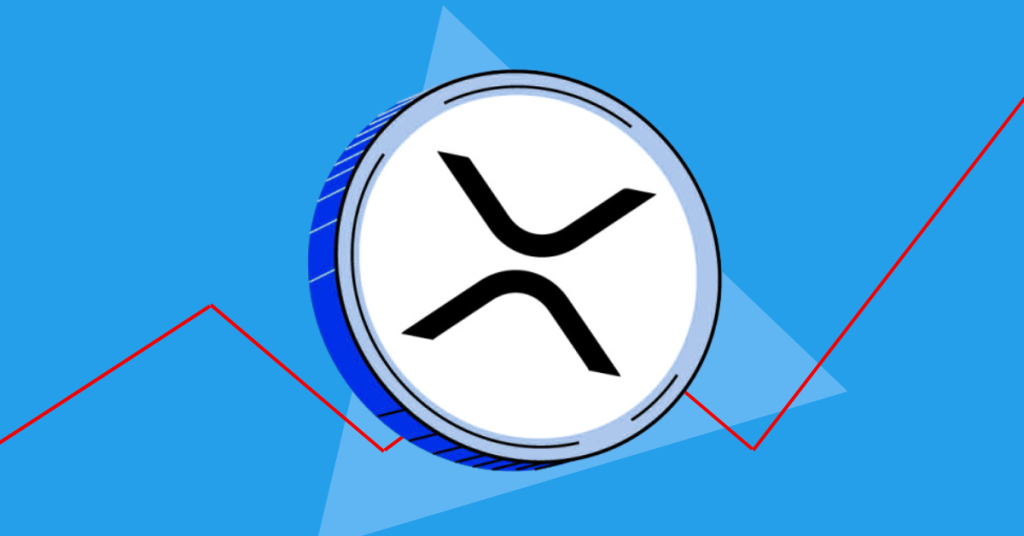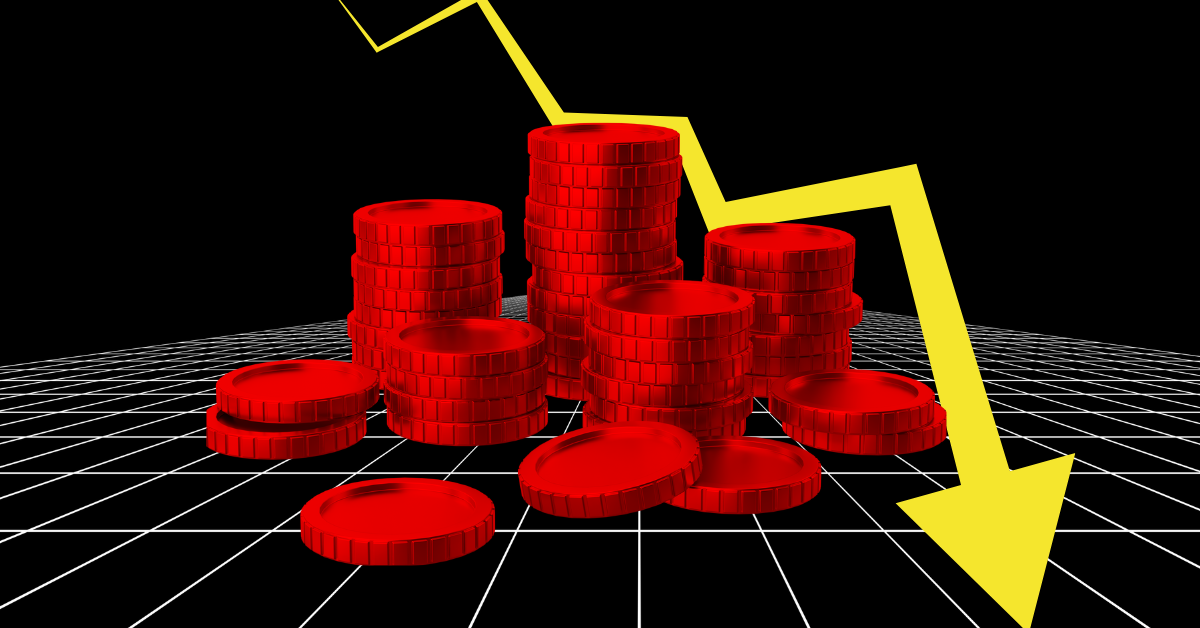Cryptocurrency analyst Crypto Rus shared a wave of optimism today as Bitcoin surged above $66,000, citing several exciting developments fueling the market’s growth. In a detailed update, Crypto Rus delved into the significant news that propelled Bitcoin’s upward trajectory.
Firstly, Crypto Rus shed light on the buzz surrounding the potential approval of Hong Kong’s first Bitcoin and Ethereum spot ETFs. This marks a groundbreaking moment in the Asian market’s embrace of cryptocurrencies, especially with Hong Kong aspiring to become a crypto hub in Asia. While the exact timeline for trading commencement remains uncertain, these ETF approvals have injected a strong sense of optimism into the market.
Moreover, Germany’s largest Federal Bank, LBBW, made headlines by expressing its intent to dive into Bitcoin and crypto custody services. This move signals a major milestone in institutional adoption, as more financial institutions recognize Bitcoin’s value as a legitimate asset class. Crypto Rus underscored the growing trend of traditional finance institutions entering the crypto space.
However, amidst the positive developments, Crypto Rus also addressed lingering concerns, including uncertainties surrounding the US market’s reaction upon opening and geopolitical tensions, particularly in the context of escalating conflicts in the Middle East. The analyst urged caution, warning of potential market impacts resulting from geopolitical events.
Furthermore, Crypto Rus delved into the implications of inflationary pressures and Bitcoin’s role as a hedge against inflation. With mounting concerns about inflation, investors are increasingly turning to Bitcoin as a safe haven against the erosion of fiat currencies.
Switching gears, Crypto Rus discussed the challenges faced by the Solana network and the recent rollout of a new patch aimed at resolving congestion issues. This development brings renewed hope to the Solana community, offering a potential solution to scalability challenges.
Lastly, Crypto Rus shared personal reflections on attending a blockchain conference in Dubai, expressing both criticisms about the event’s organization and excitement for upcoming industry events like Token 2049.
Unraveling the USDC/XRP AMM Pool Imbalance: Insights from a Ripple Labs Veteran

Neil Hartner, who previously held the esteemed position of Senior Software Engineer at Ripple Labs, has brought significant attention to the enduring issue of imbalance afflicting the USDC/XRP Automated Market Maker (AMM) pool. Through a recent disclosure, Hartner embarked on a comprehensive exploration of the intricate technical aspects that underlie this phenomenon. In doing so, he not only engaged with user inquiries but also provided invaluable insights into the inner workings of AMMs.
Hartner’s elucidation delved deep into the complexities of the matter, offering a thorough examination of the mechanisms contributing to the imbalance. By addressing user queries, he ensured a clear understanding of the challenges faced within the USDC/XRP AMM pool, thus fostering a more informed discourse within the community. His expertise shed light on the nuanced functionality of AMMs, empowering stakeholders to navigate the landscape with greater proficiency.
Through his disclosure, Hartner not only highlighted the significance of addressing the imbalance but also underscored the importance of technical understanding in devising effective solutions. In essence, his contribution serves as a beacon for further exploration and innovation within the realm of automated market making.
Understanding the Imbalance cdfxgxx
Hartner delved deeply into the intricate dynamics unfolding within the USDC/XRP Automated Market Maker (AMM) pool, unveiling a tapestry of complexities that captivated the attention of onlookers. Central to Hartner’s analysis was the revelation of a compelling phenomenon: the persistent imbalance within the pool, which, he contended, was often triggered by delays in the minting of USDC.
This delay, Hartner elucidated, had a profound ripple effect, resulting in a substantial portion of USDC becoming ensnared within the confines of the pool, effectively ensnaring liquidity and impeding the efforts of arbitrageurs striving valiantly to swiftly restore equilibrium.
Undeterred by the intricate nature of the subject matter, Hartner patiently addressed queries from eager users, peeling back the layers of complexity to expose the underlying causes of imbalance. With surgical precision, he dissected the root of the issue, attributing it to users’ penchant for opting for single-sided deposits into a pool that was already precariously unbalanced.
In the face of skepticism regarding the significance of minor deviations from balance, Hartner stood firm, adamantly asserting that even the slightest disparities served as poignant reminders of the glaring mismatch between the AMM rate and the prevailing exchange rate.
As the discourse continued, Hartner found himself grappling with inquiries regarding the practicality of depositing a single asset into the AMM function. With unwavering resolve, he embarked on a journey to demystify the process, meticulously outlining the steps involved, which included a labyrinthine series of transactions encompassing a DEX trade followed by a double-sided deposit. However, amidst the intricate web of transactions lay usability challenges that threatened to deter even the most intrepid of end-users.
Yet, amid the labyrinth of complexities, Hartner’s unwavering commitment to unraveling the enigma of the USDC/XRP AMM pool remained resolute. In a parting reflection, he mused, “The USDC/XRP AMM pool continues to intrigue due to its propensity for imbalance,” encapsulating the enduring allure of a phenomenon that defied conventional understanding.
XRPL AMM’s
The XRP Ledger (XRPL) developers have taken a significant step forward in refining their Automated Market Maker (AMM) engine with the introduction of the “fixAMMOverflowOffer” amendment. This pivotal update targets a critical issue discovered post-launch, namely the container overflow problem, which had been impacting the smooth operation of AMM pools across decentralized exchanges (DEXes). By addressing this challenge head-on, the XRPL team aims to ensure a more seamless experience for liquidity providers and arbitrageurs navigating the complexities of decentralized finance (DeFi).
Neil Hartner’s astute observations regarding the imbalance observed in the USDC/XRP AMM pool shed invaluable light on the technical hurdles confronting participants in the DeFi ecosystem. With the integration of the “fixAMMOverflowOffer” amendment, the XRP Ledger not only addresses existing issues but also demonstrates its adaptability and resilience in the ever-evolving landscape of decentralized finance.
This development signifies a proactive approach by XRPL developers to iterate and improve upon their infrastructure, underscoring their commitment to providing a robust platform for decentralized exchange activities. As the DeFi space continues to mature, such enhancements play a pivotal role in fostering confidence among users and bolstering the ecosystem’s long-term viability.



